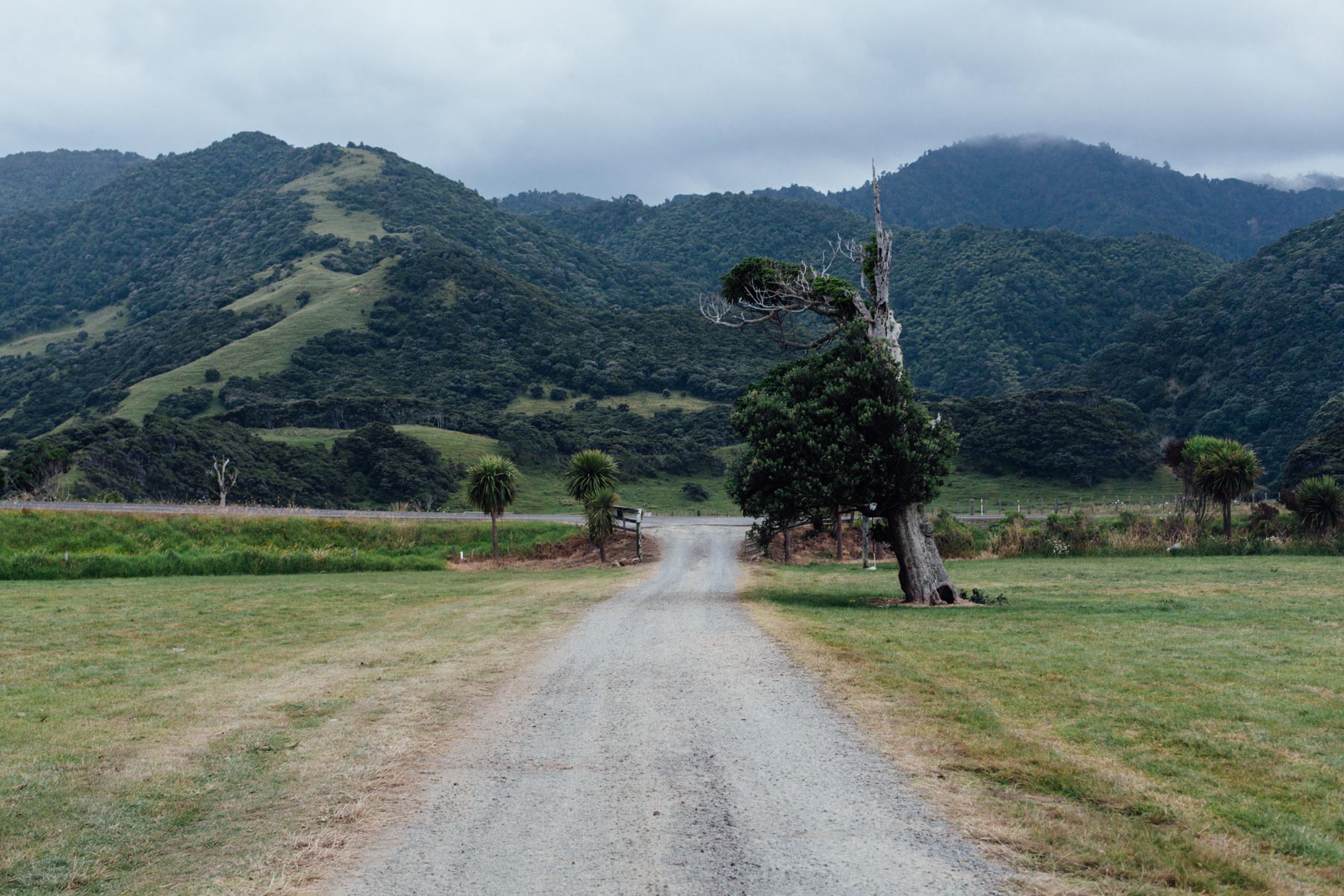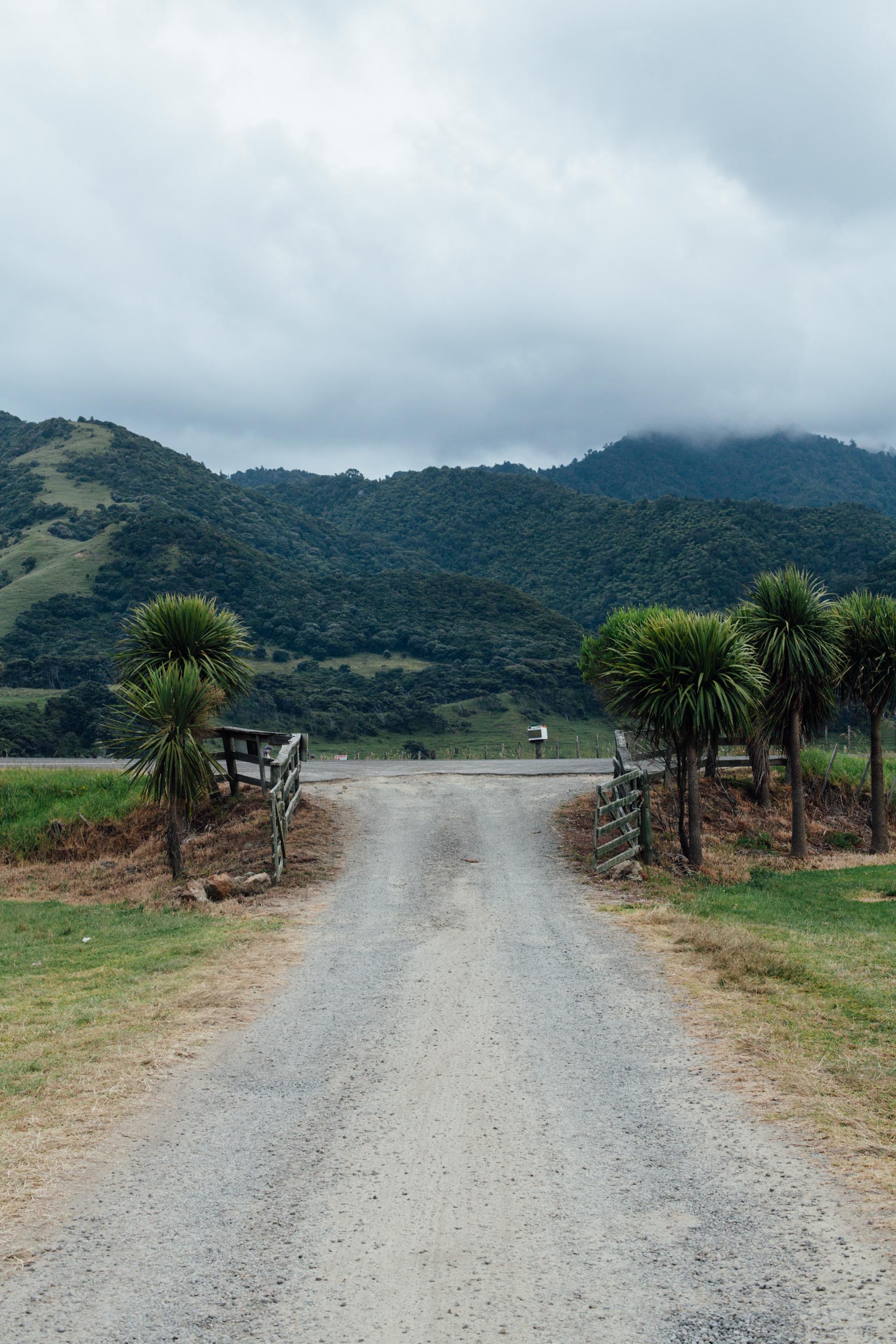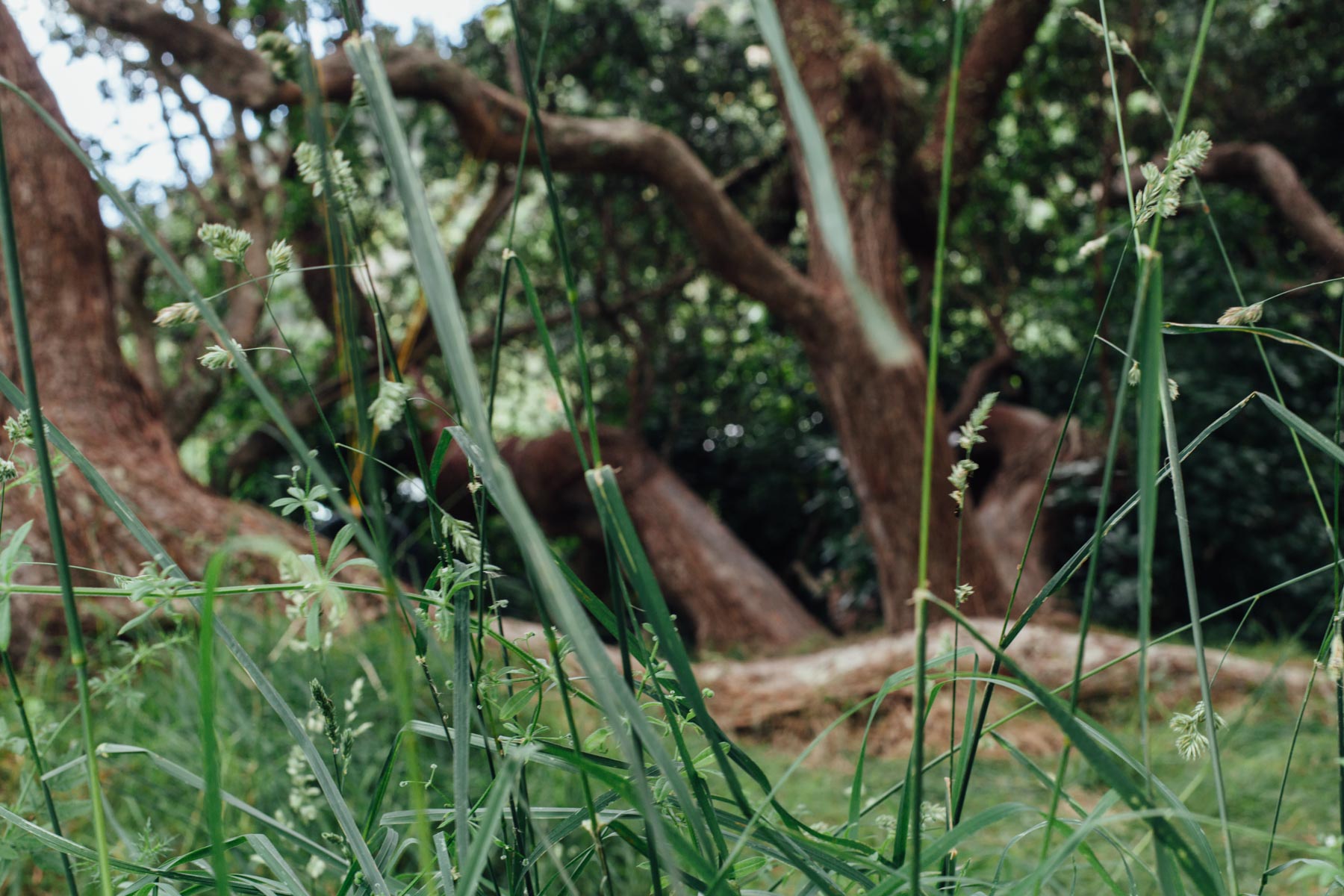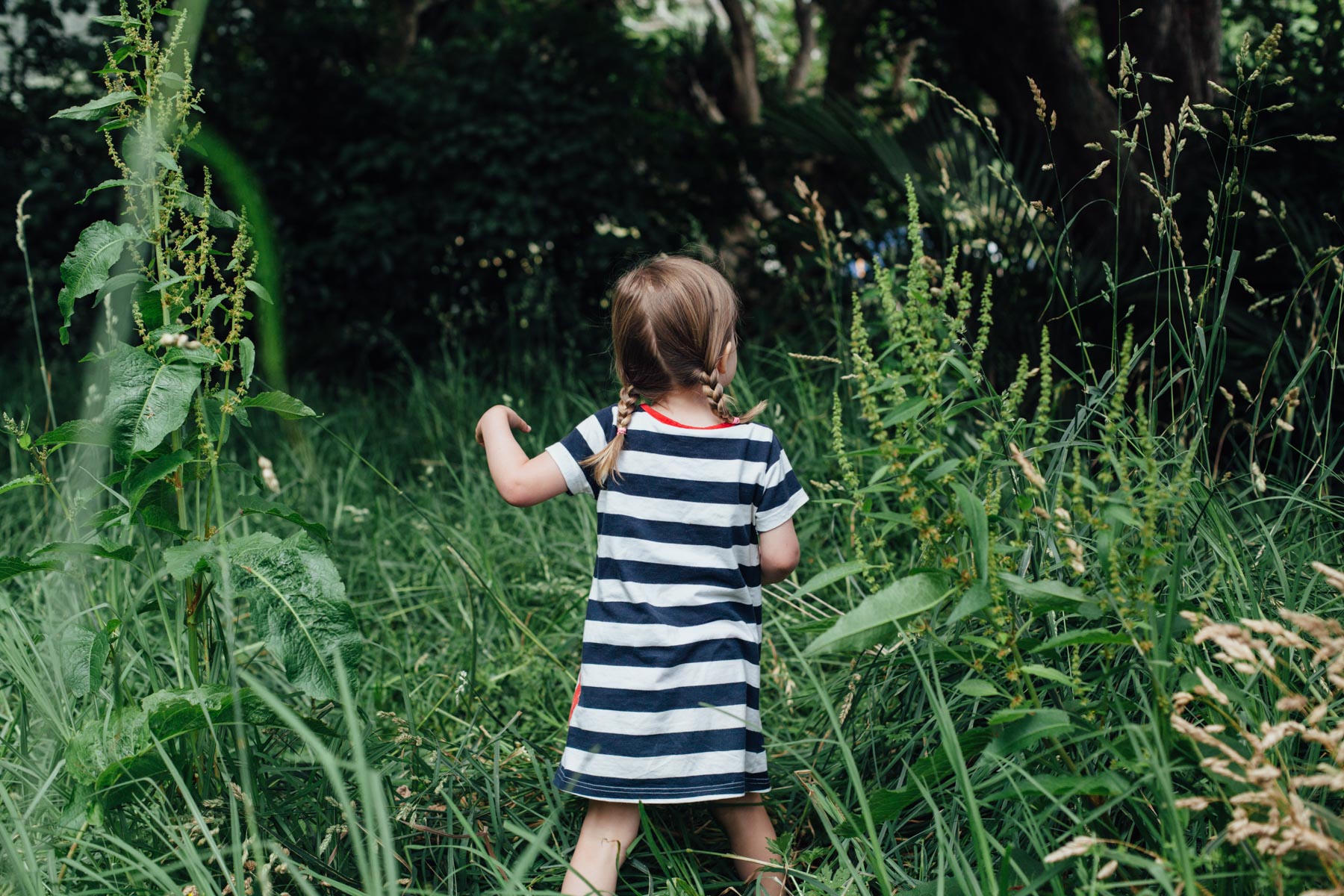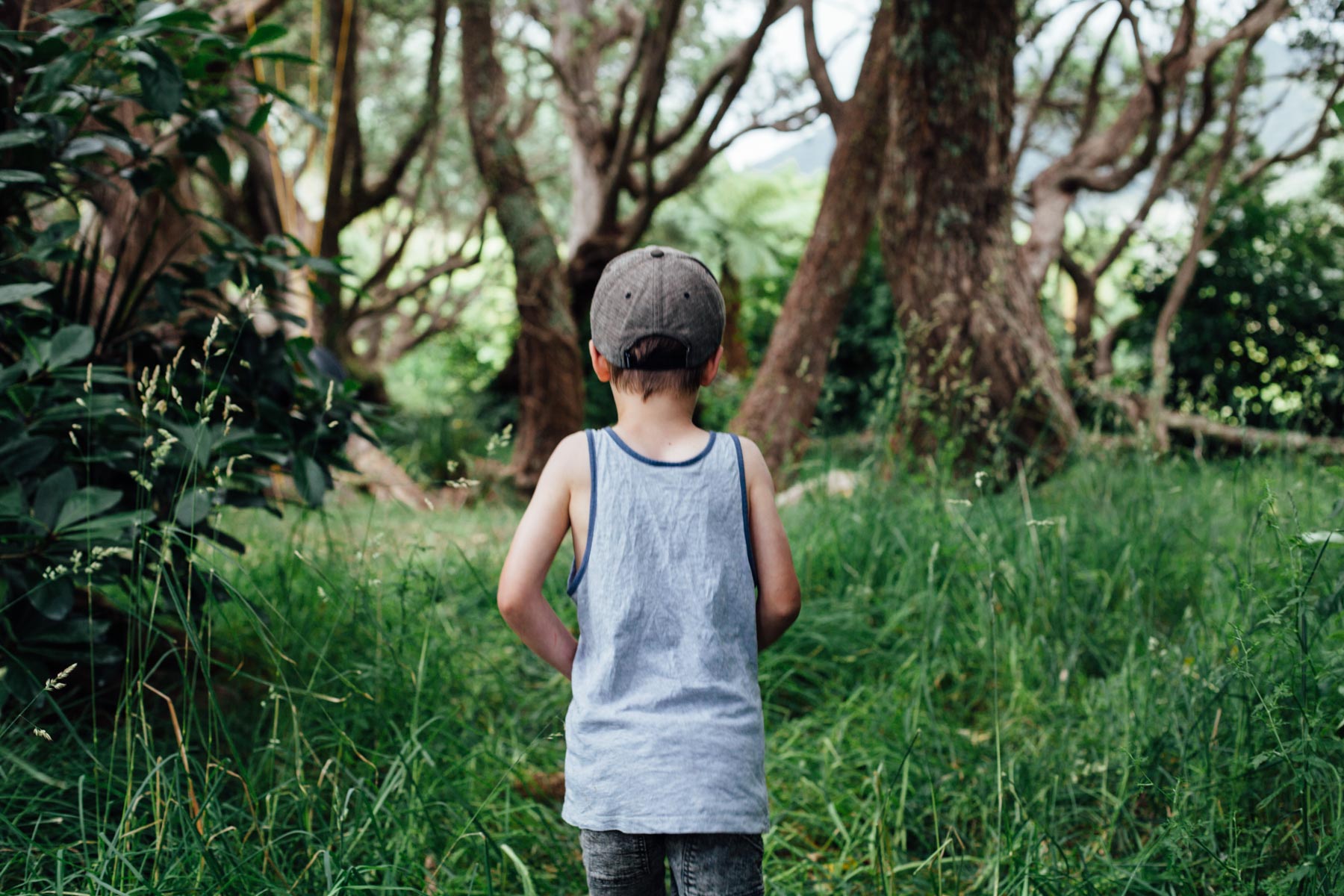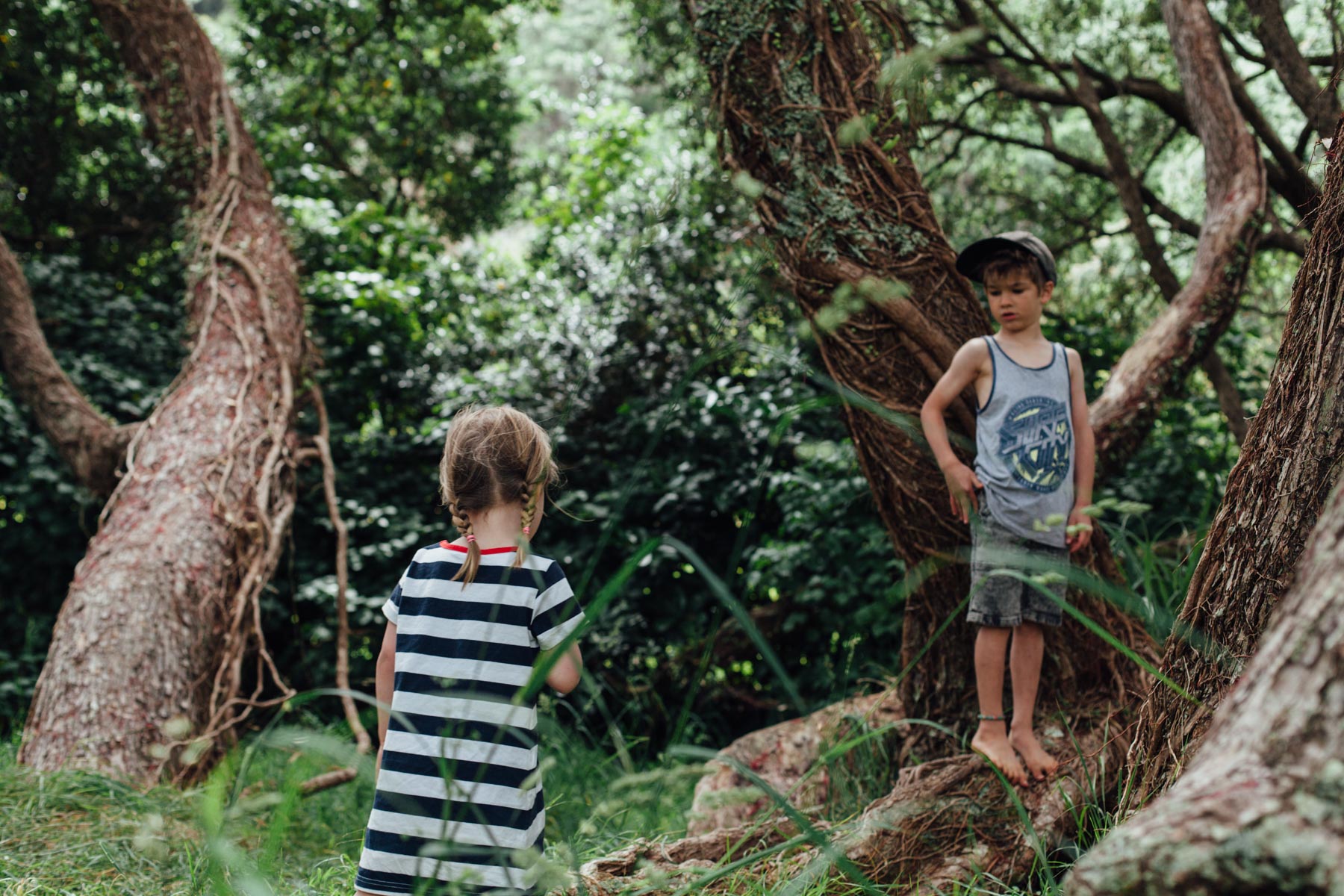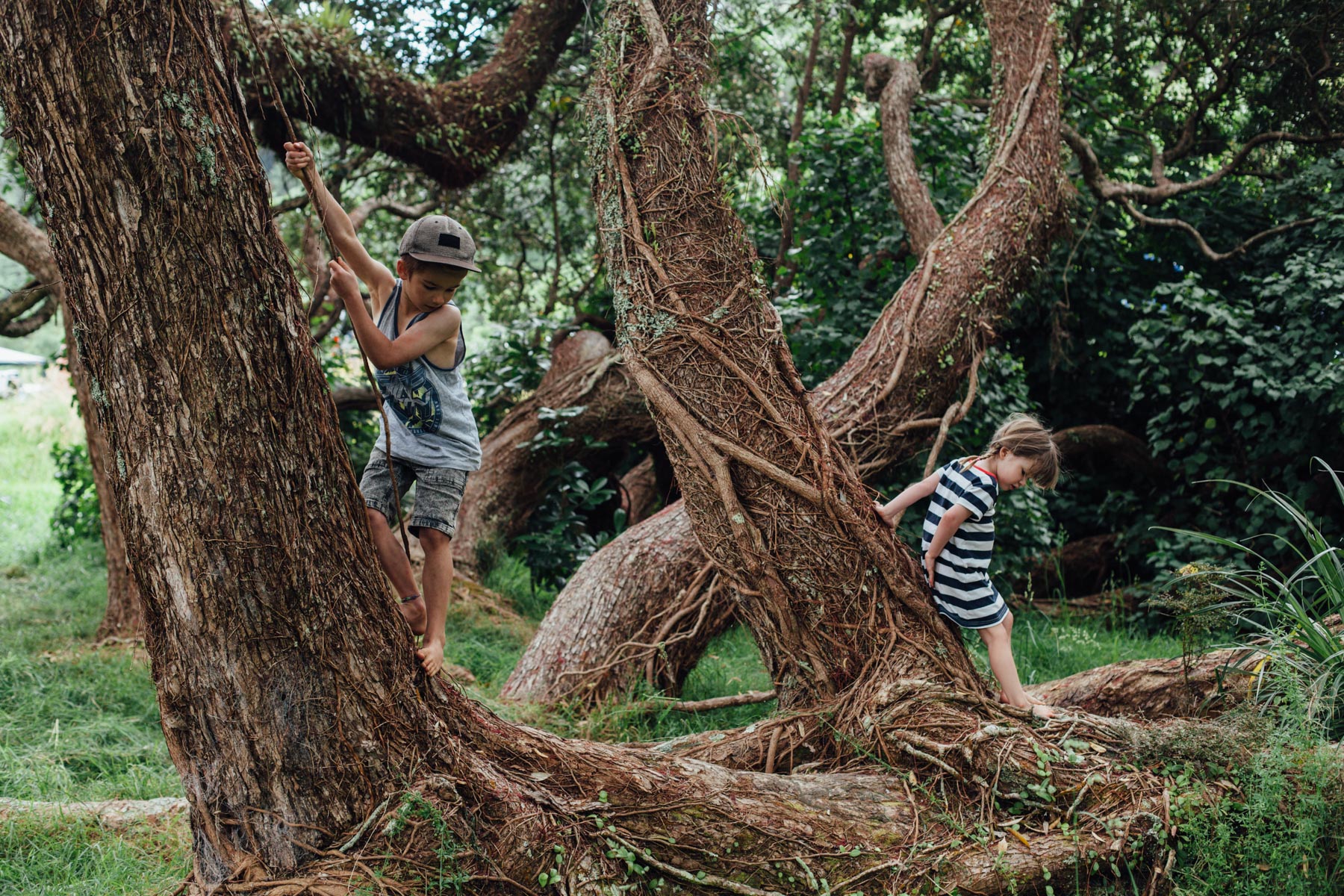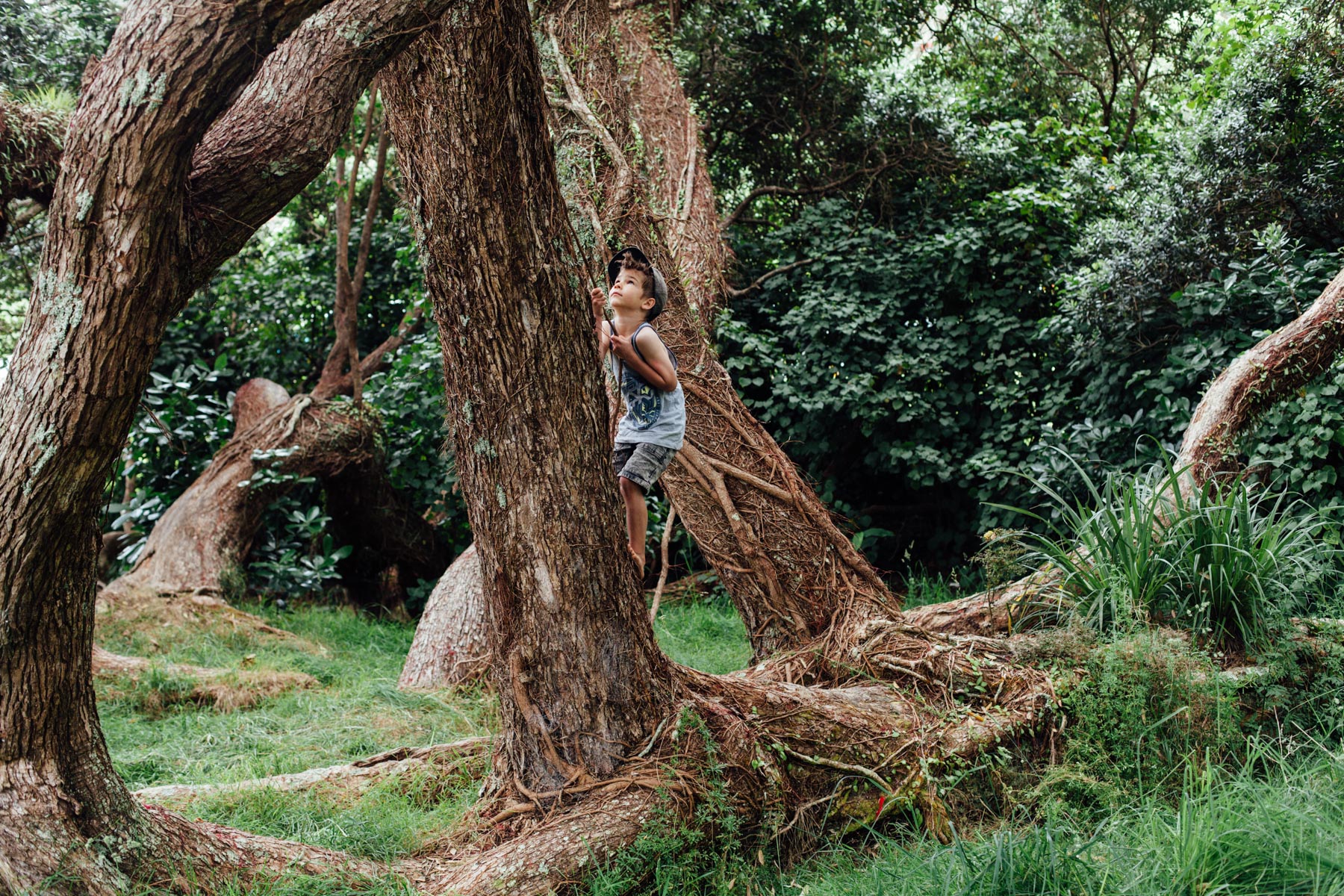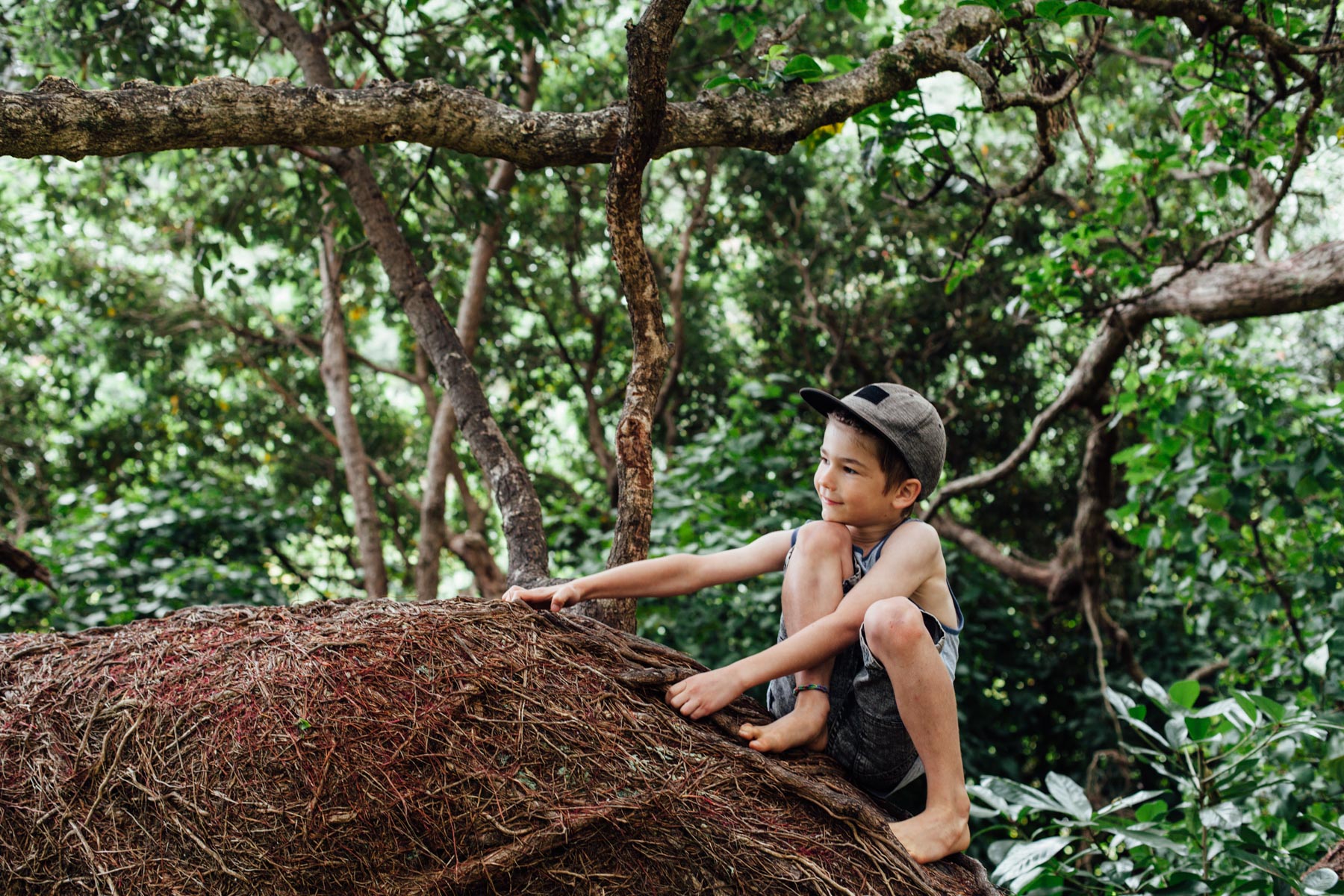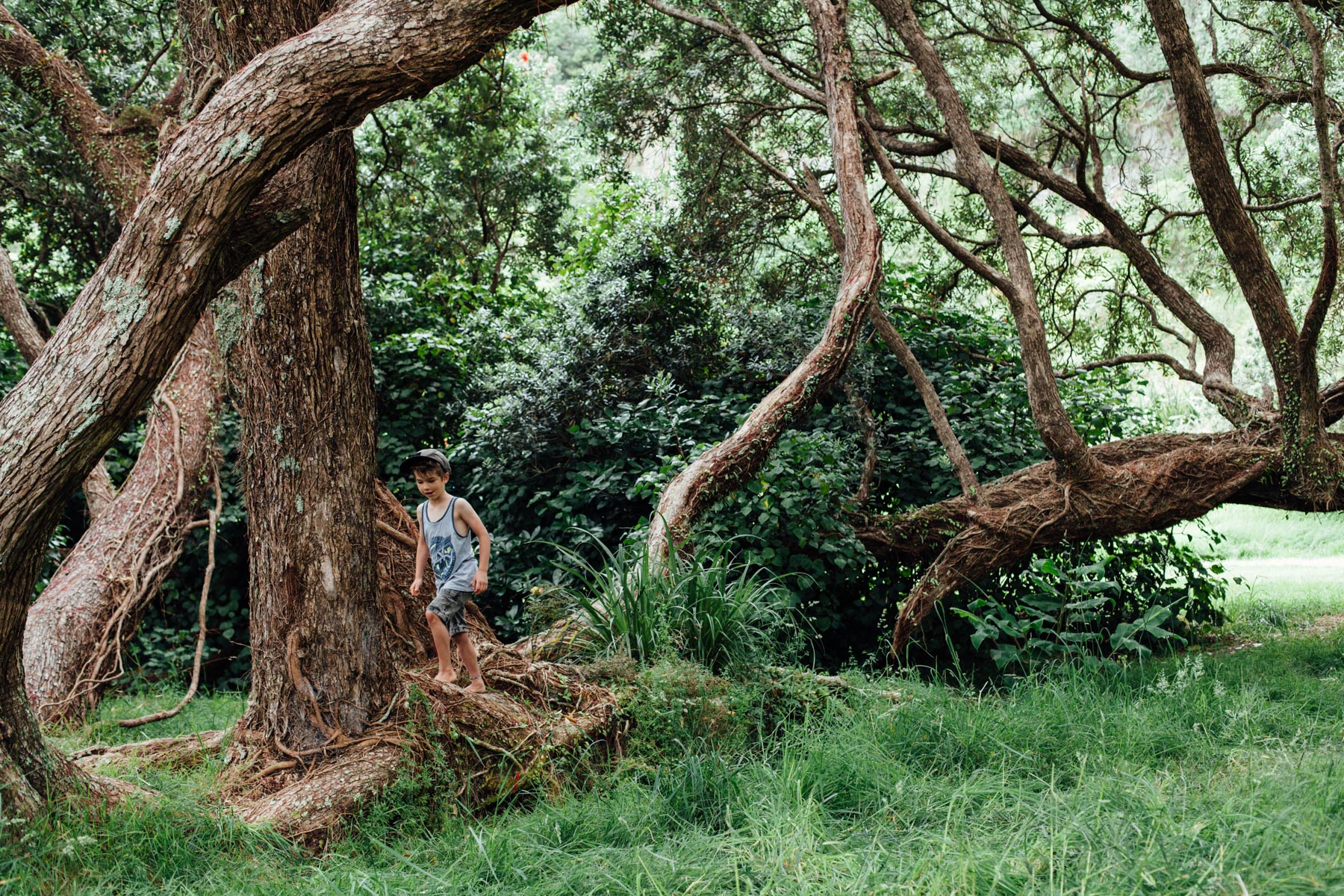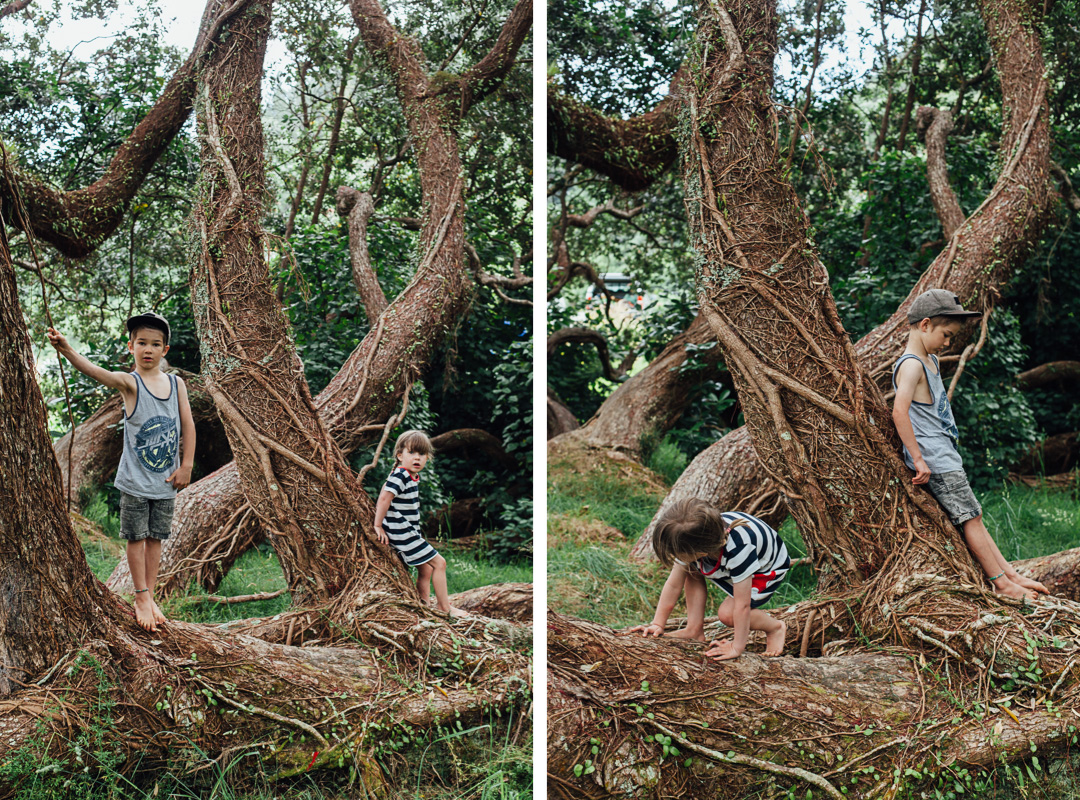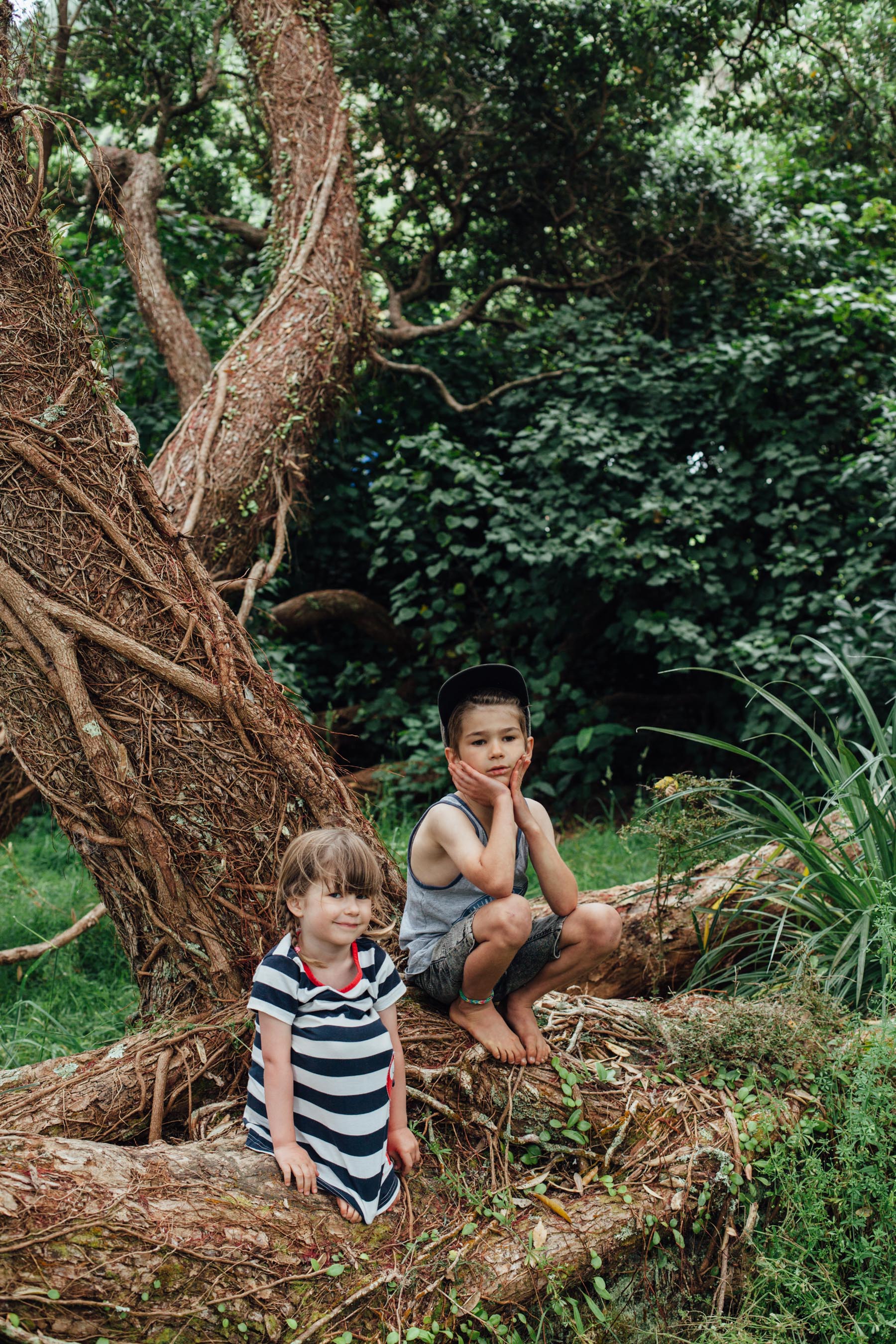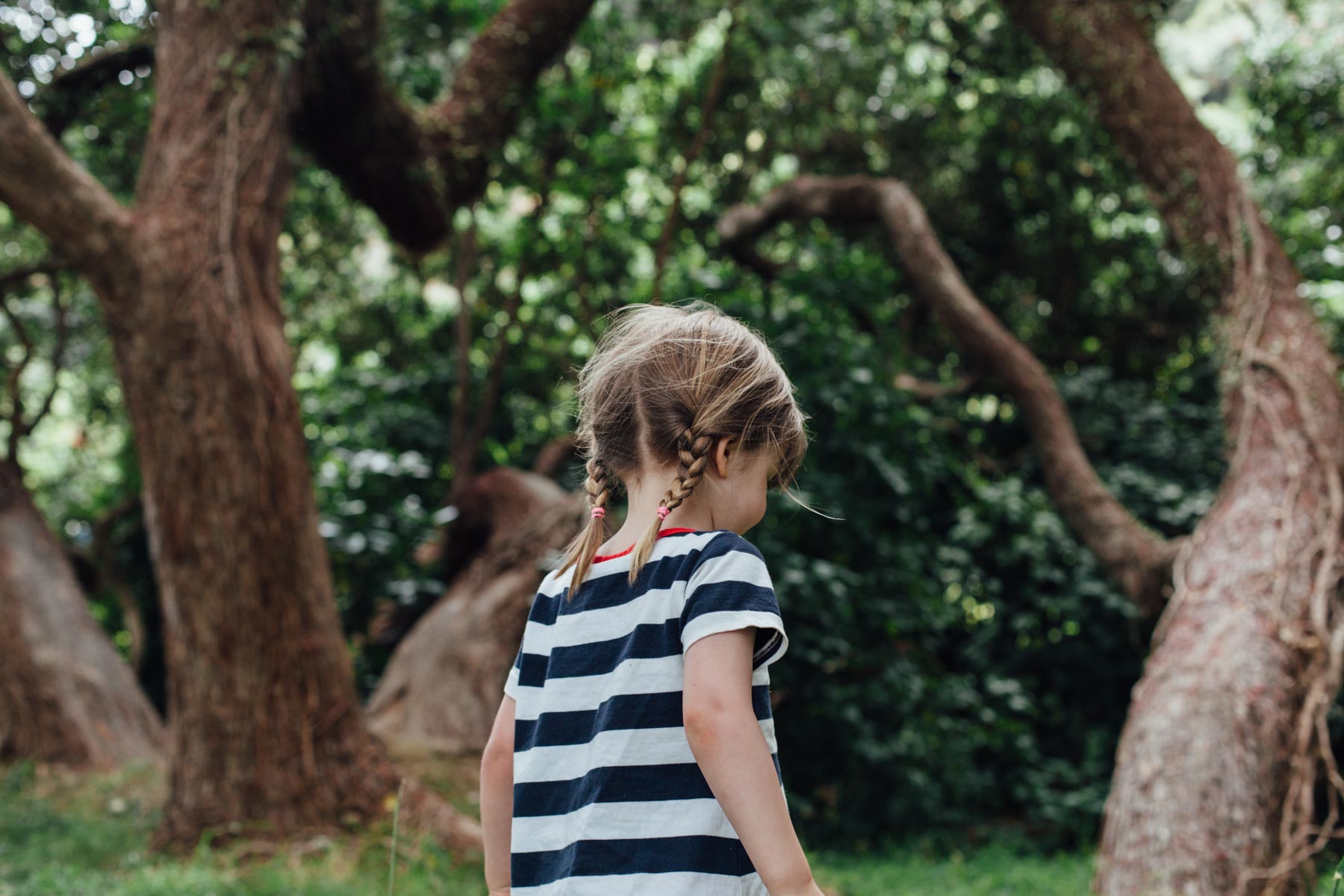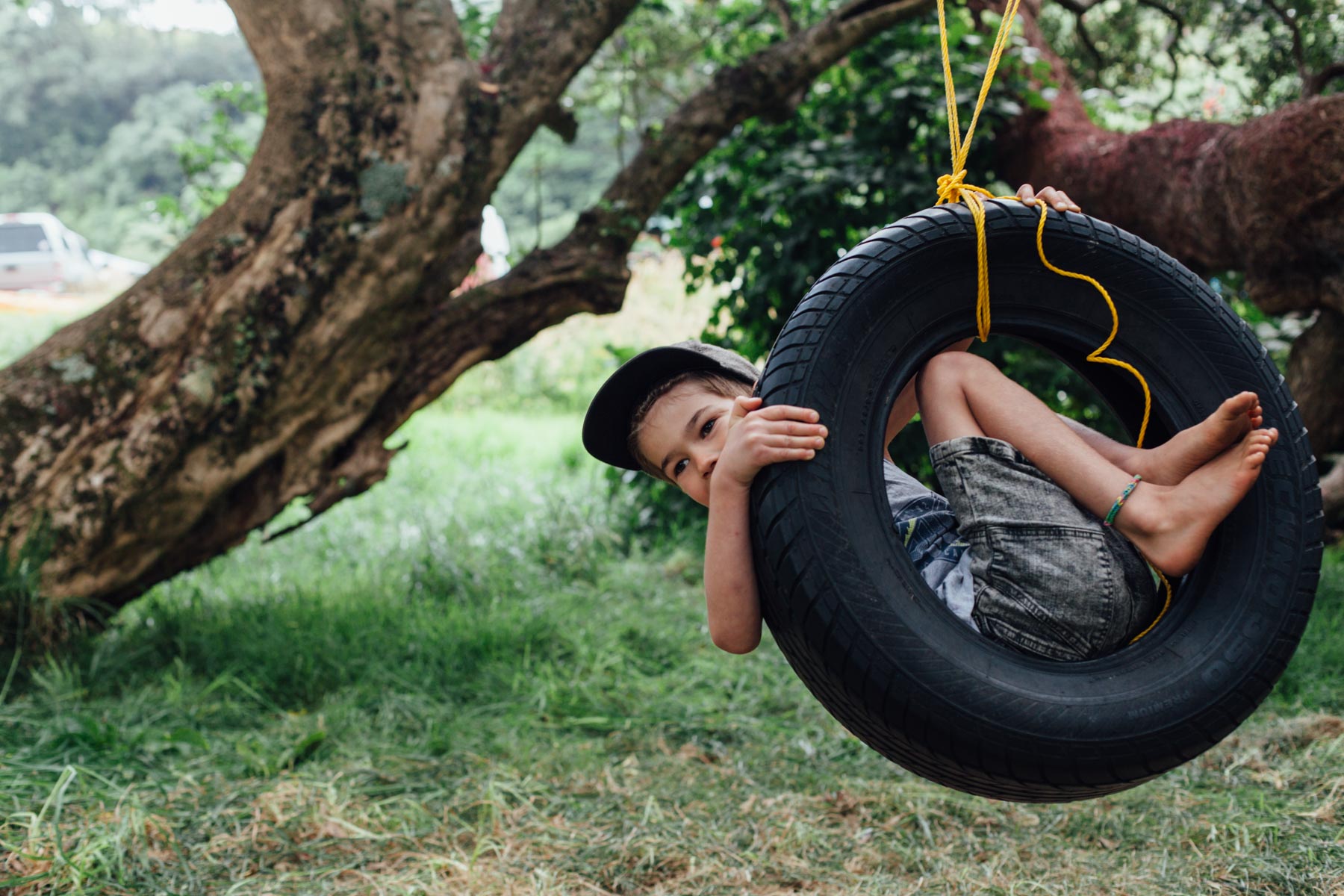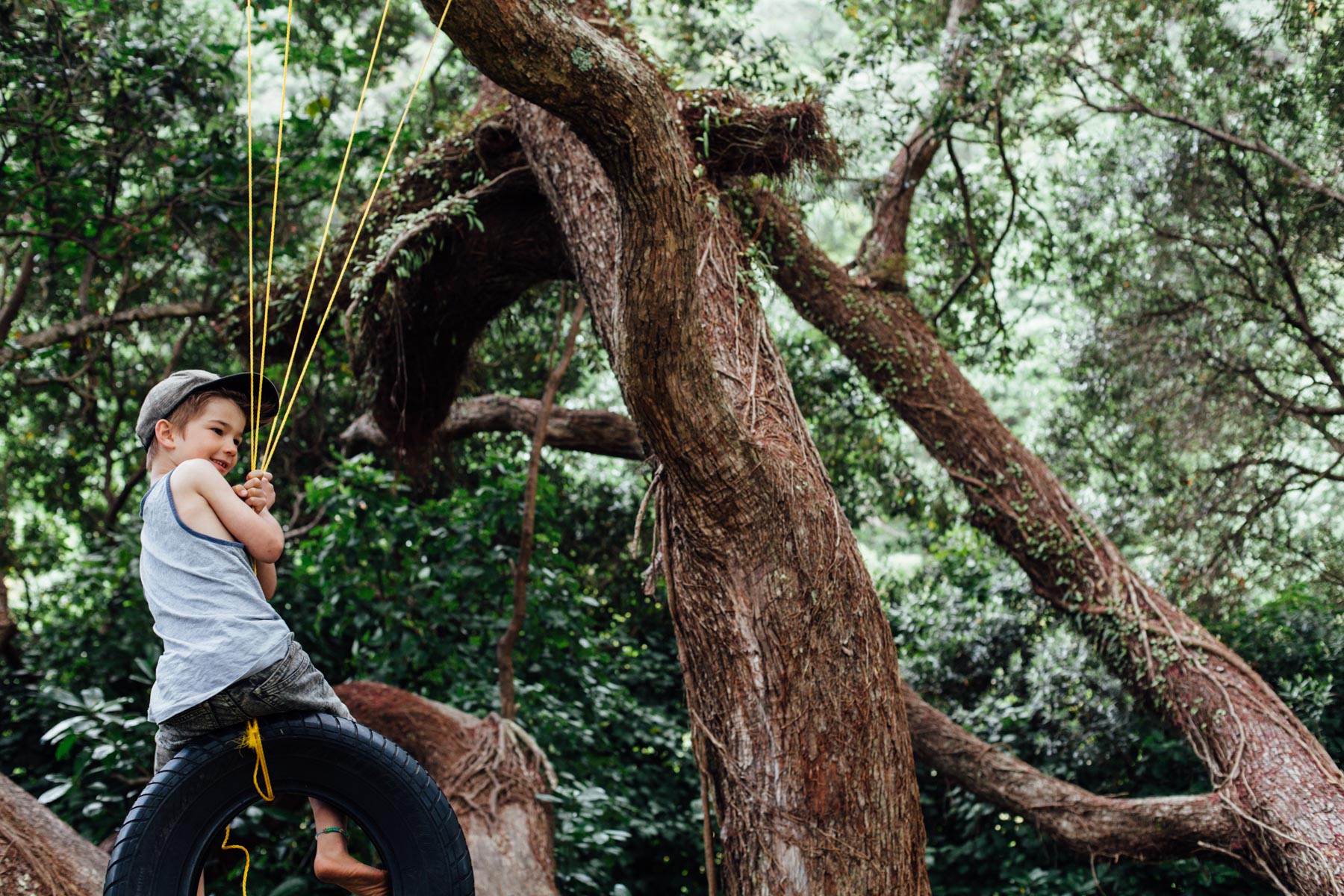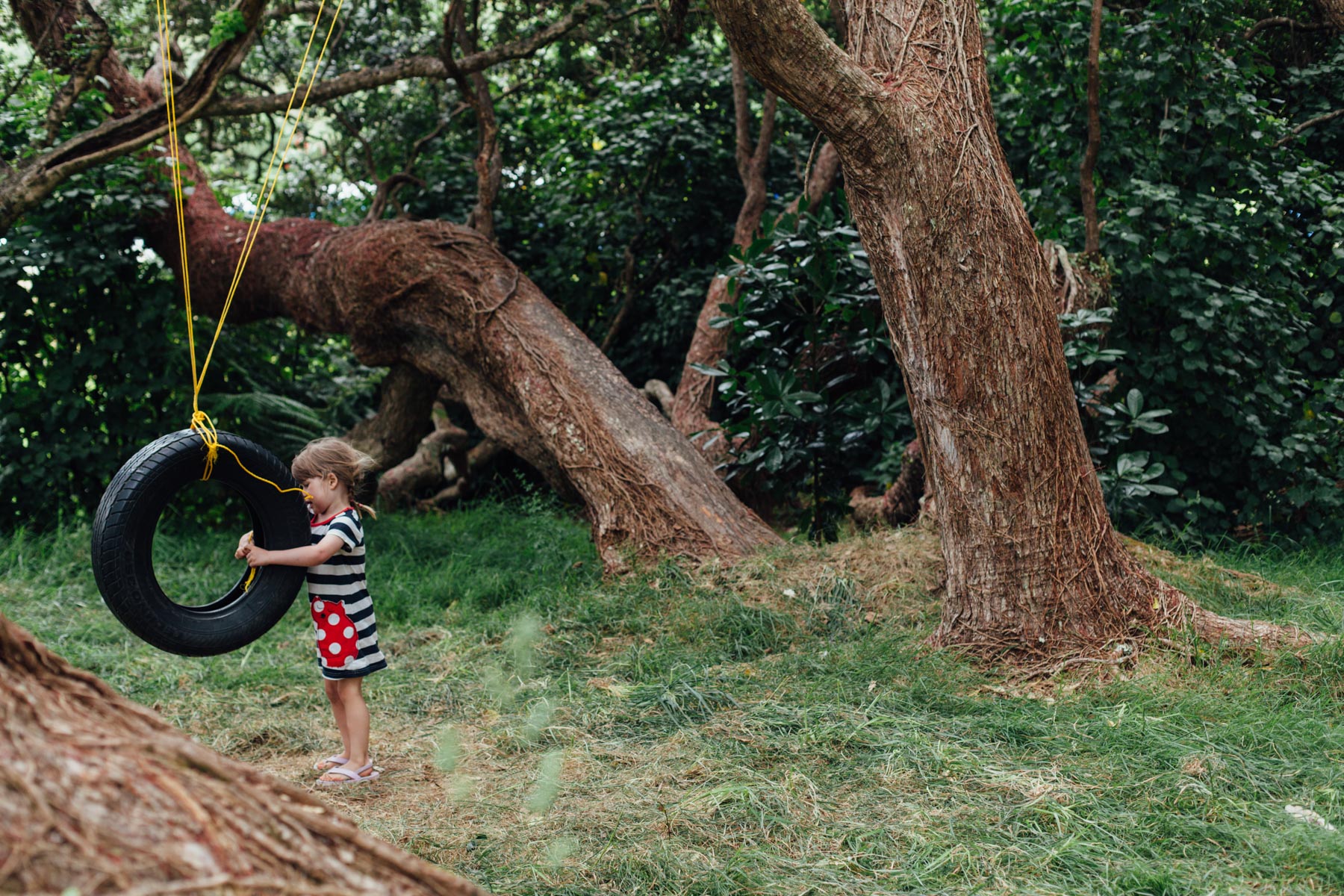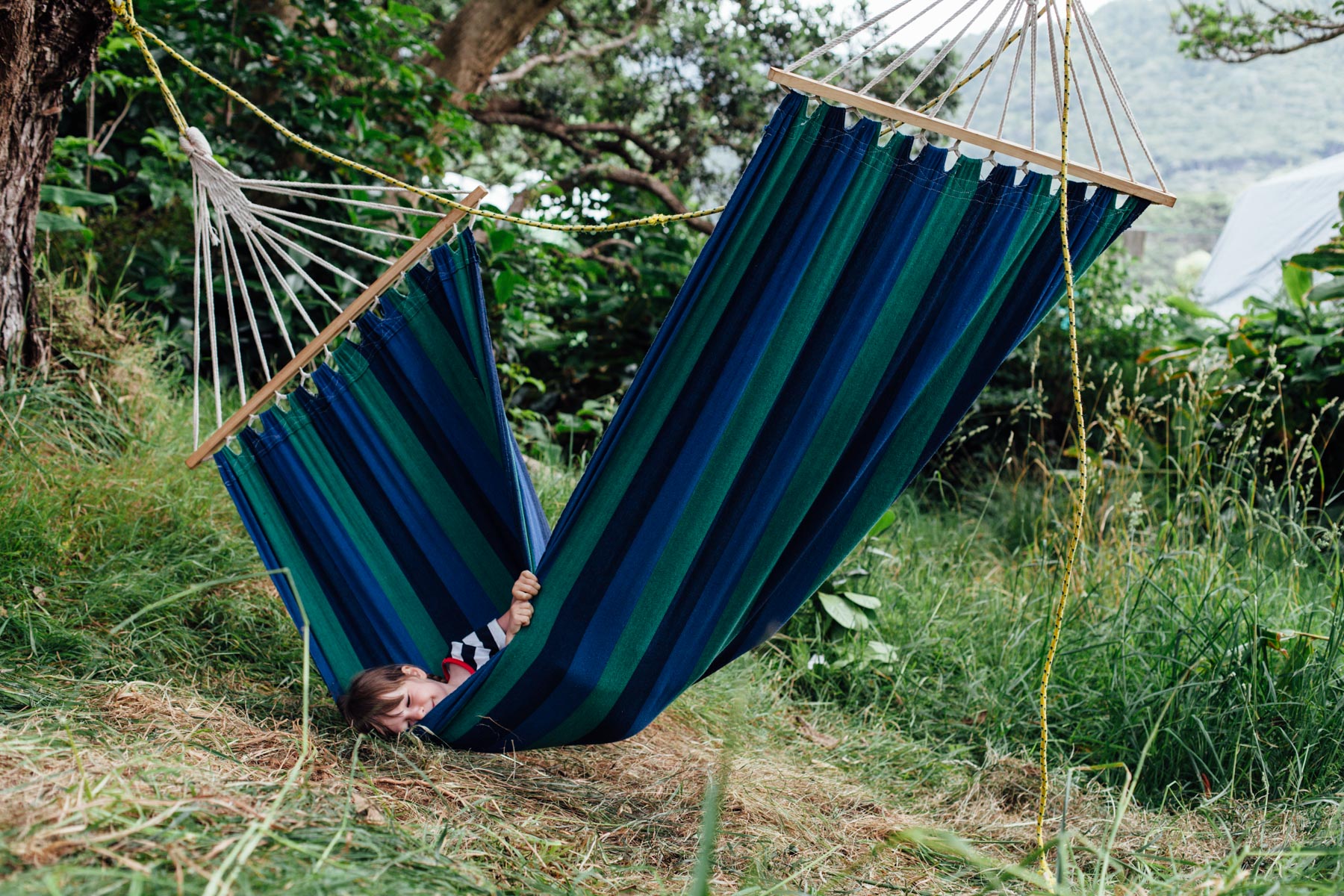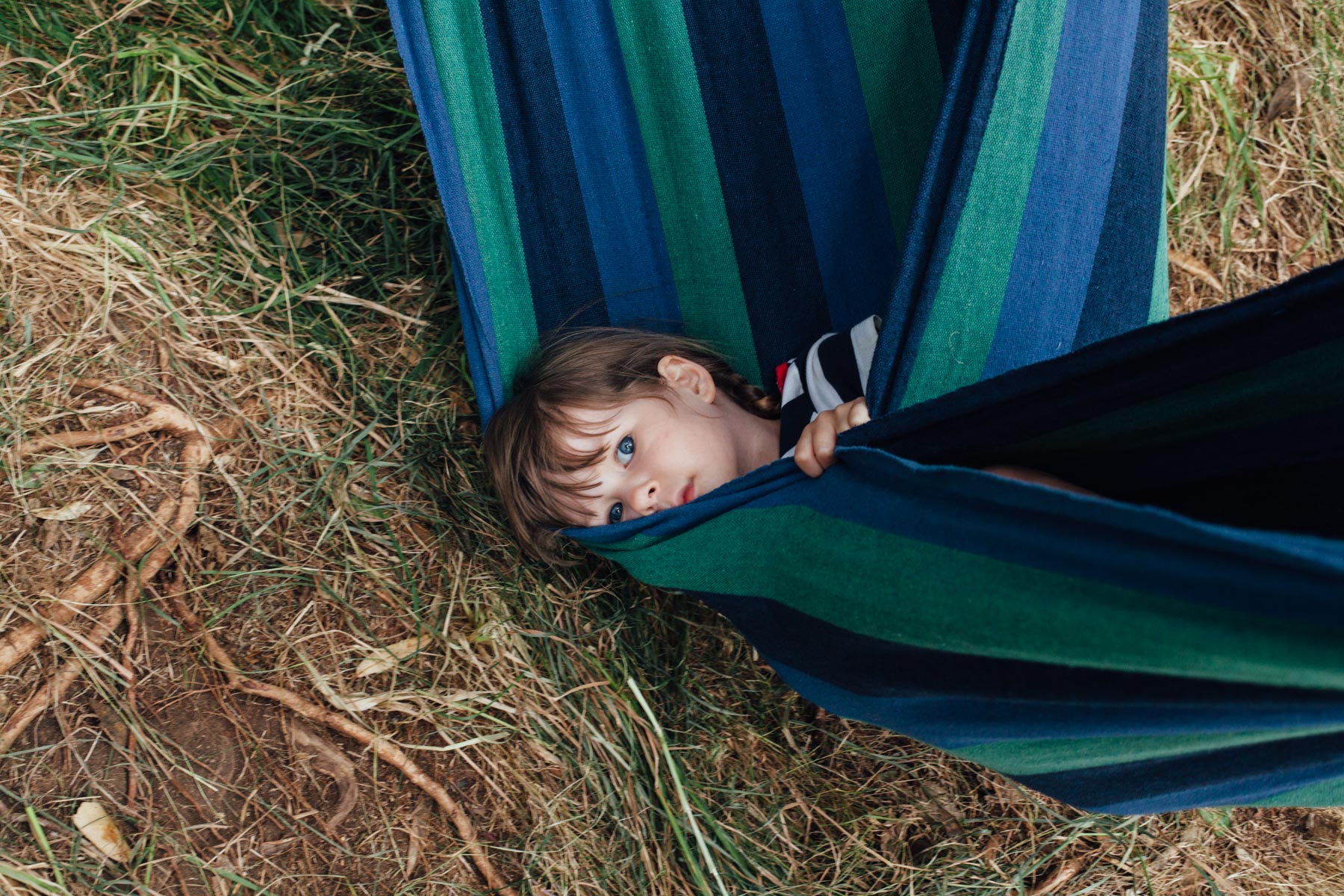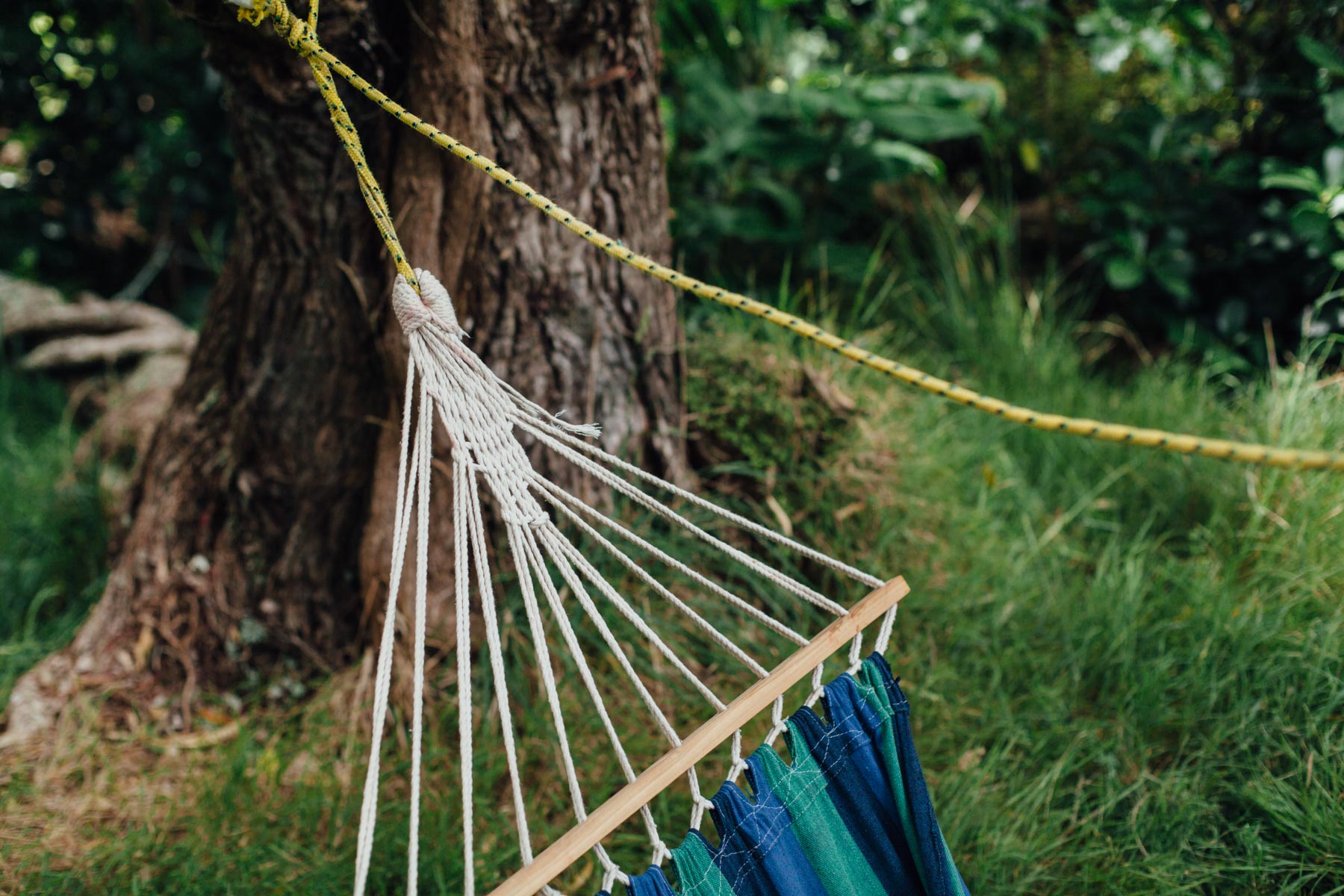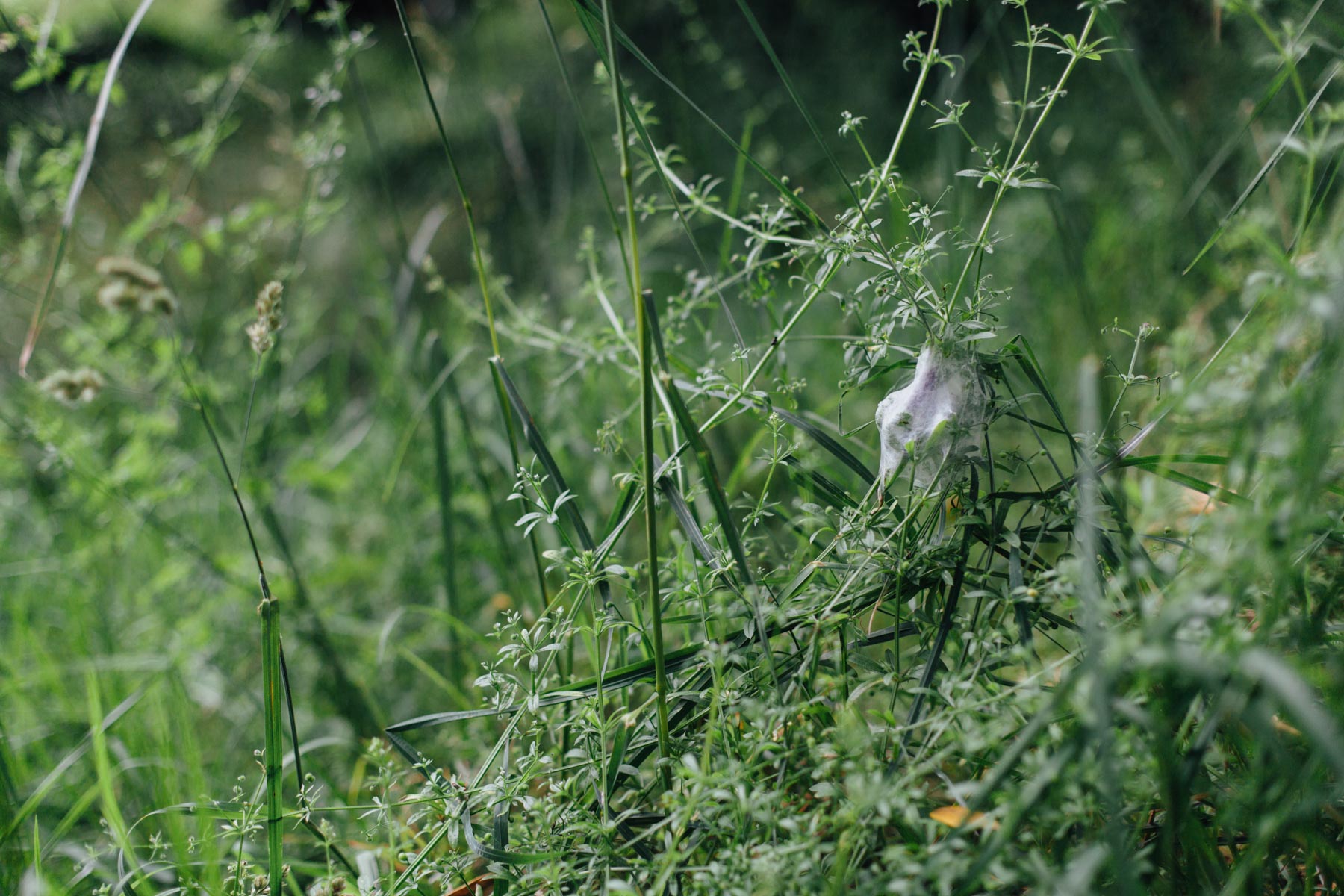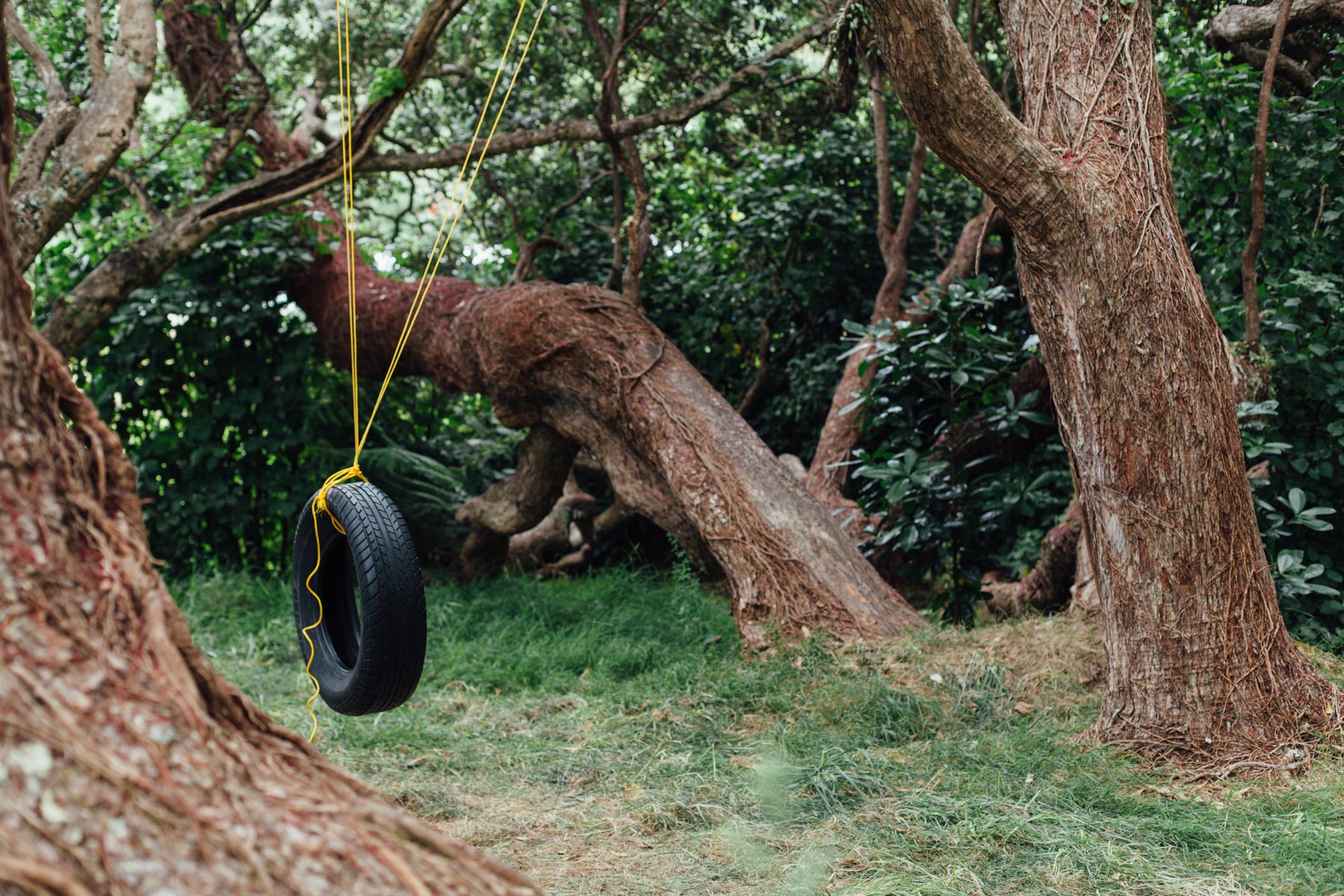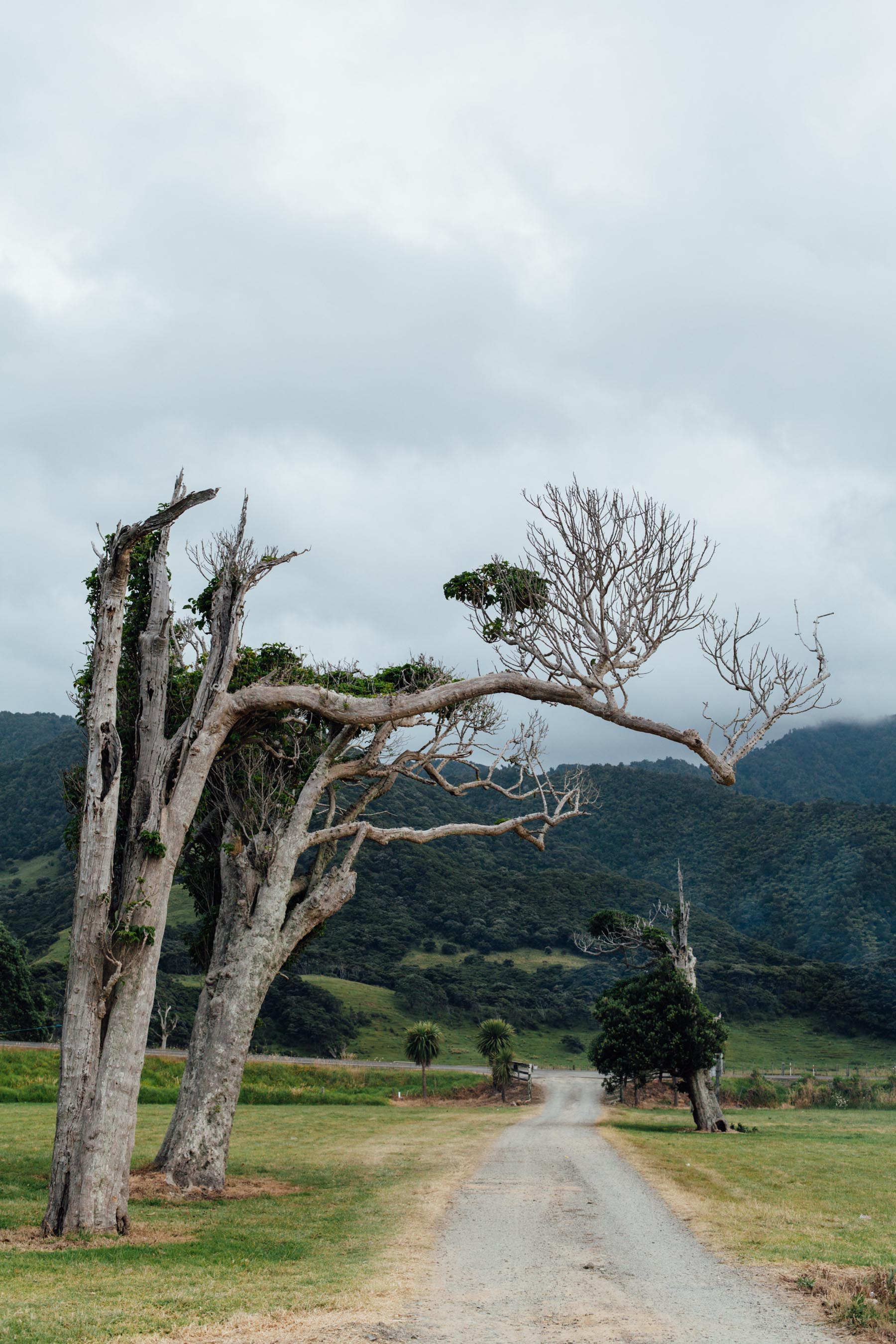1. Composition - Rule of threes.
The traditional rule of composing or framing a balanced photograph is to divide your frame into 3 even segments vertically and horizontally and then to compose your subject (or landscape) within this… This is a good rule to master and then you can break the rule as much as you want, but if you’re looking for a nicely balanced shot then place your horizon line on the upper or lower third to make more emphasis on either the land or the sky. Some cameras have these guide lines as an option for framing in the menu of the camera (otherwise just use your eye and guess). Similarly with the vertical divisions, you can place land marks centrally or off to the left or right side of frame using thirds also.
2. Aperture - How much is in focus.
If you have an SLR or a camera which allows you to change the aperture (known as F stop) then you can can control how much of the picture is in focus (depth of field). A large number like F16 will give you a larger depth of field so your foreground and background are both in focus which is good for landscape photography.
3. Lighting - The golden hour.
The golden hour refers to the first hour of light in the day and the last hour of light in the day. If you can photograph at sunrise or sunset, you’ll be sure to capture some natural beauty. The hour (or 2) leading up to sunset is a gorgeous time of day to photograph; this is when you can capture those golden tones on the landscape, long shadows, sun flare, calmer waters, changing dramatic colours in the sky. If you have the time to stick around, capture a number of shots in a sequence to show the change in light as the sun fades.
4. Take another look...
As well as the epic open landscape shots… Look for the points of difference in a scene to personalise your capture...people or structures in the landscape, seasonal trees, water reflections, cloud formations and the way the light interacts with the scene. Look for little things that will spark your memory of your experience in the landscape when you look back on your photos. ENJOY the process. - Alice Veysey
Thanks to http://www.envydesign.co.nz/ for the writing assignment : )
- See more at: http://www.cyclingtours.com.au/blog/entry/top-tips-for-landscape-photography

